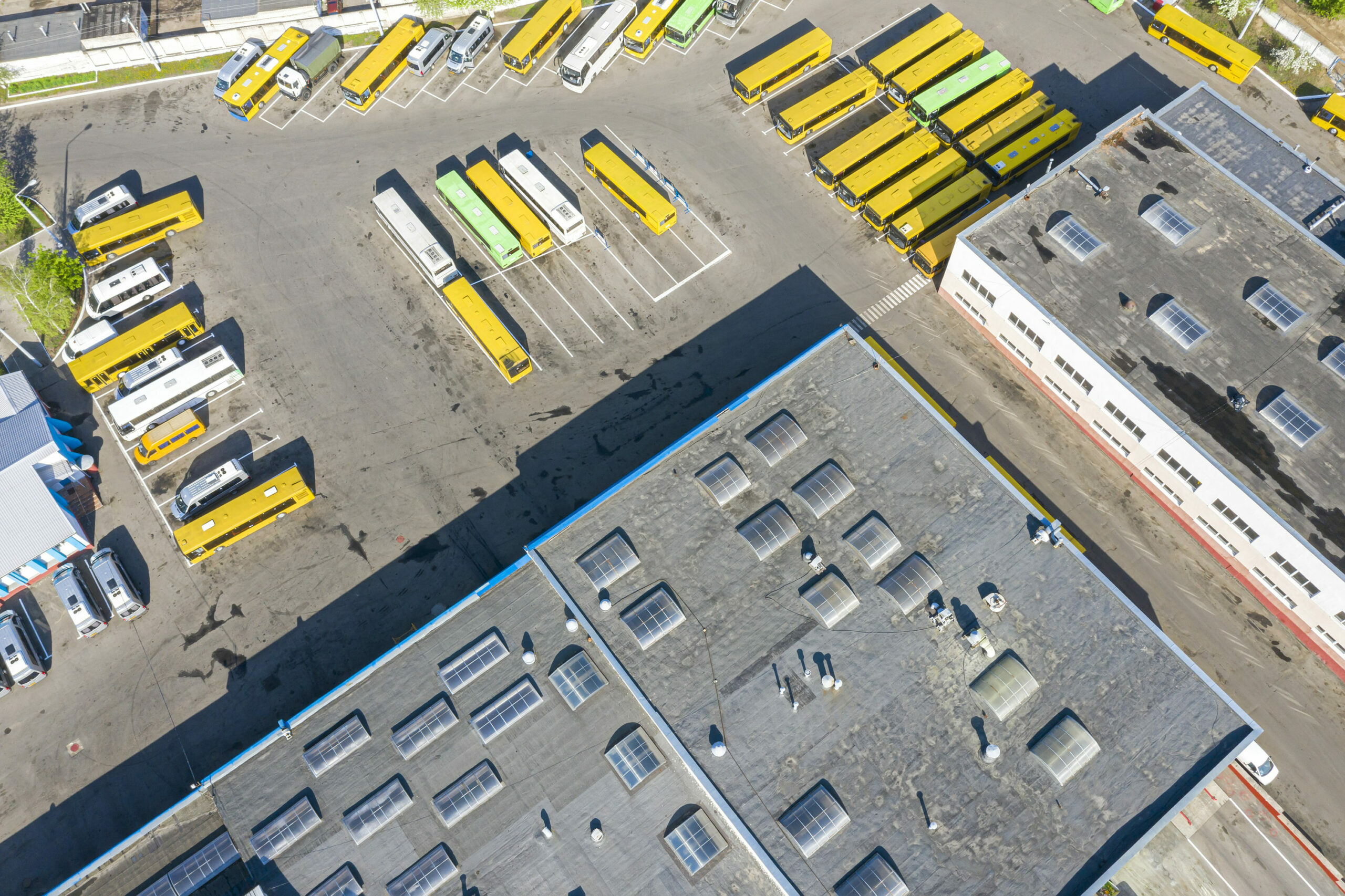
As fleet operators consider transitioning to hydrogen and electric vehicles, understanding the potential risks associated with procurement is crucial for making well-informed decisions and effectively managing your fleet.
The episode highlights the key risks to operations and unexpected costs that may arise when moving to electric or hydrogen vehicles, as well as issues with performance, cost, safety, supply chain, and other areas. It features interviews with experts from the industry, who discuss the challenges of these new technologies and how they can be solved.
Many of the solutions come down to applying stronger planning methodology and using software that can help to create more transparency when comparing different alternative solutions.
In this episode, we discuss these risks with thought leaders:
Dan: The BetterFleet Academy provides fleet operators with everything they need to know about moving to electric and hydrogen fleet. We looked at issues in detail, helped by thought leaders and our own staff here at EVenergi and BetterFleet. There are many benefits to Zero emission fleets as we’ll discuss in other episodes.
Like any new technology, there are risks to operations and the costs will be higher than expected which is an example of vehicles not performing as expected. Energy price is being higher, and infrastructure being replaced due to poor planning.
To better understand some of these challenges and potential solutions, we spoke to Jamie Wilson from ADL, Neil Gladstone from Wrightbus, Neil Wang from Foton, Ian Foster and Alix Butler from Metroline and CDC, Analy Castillo from Stantec and Sam Mackilligin from AECOM.
Alix: If we take hydrogen first, the risks and the challenges with that it is still relatively new fueling technology for bus operations in the UK. So we find now that the regulations and standards are still in the development phase and that we’re almost supporting that development in real life operations. So it’s an element of like being on our feet and learning as we’re learning and adapting as we go along. With regards to electric vehicles, I essentially think that the largest risk while sometimes they sound scary electric vehicles, high voltage cables and high power charges. The operations themselves and the equipment are very straightforward and very safe. The greatest challenge for us and the risk for us is going to be about the performance of the batteries and how we mitigate the cost of those batteries. They are very significant pieces of infrastructure, they are very significant costs.
Jamie: The rest goal which comes back to matching customers’ expectations with what the vehicles are capable of, because ultimately we don’t have an abundant energy source on board. It can’t be easy with energy anymore, you have to be focused and use it wisely and monitor manageable cost than when you’d do topping up with diesel. In terms of managing the risks technology-wise, clearly, electric vehicles come with a big battery. It doesn’t matter which chemistry you use; it’s still a big battery, and it’s still something which you know has a volatility about it. It needs to be treated with caution, so making sure that the safety of the battery is important, and very much focus on upfront active safety, looking for problems before they arise and manage the control of the battery to avoid getting into an unsafe state. Hydrogen as well is an even greater level of complexity essentially a hydrogen bus is an electric vehicle but it also got a hydrogen fuel cell range extender. We have the most premium product on the market, but that comes with a process of really complex system. It includes energy recovery and the whole process of drivetrain, balancing flow rates of tooling through systems to scavenge energy through the engine to maximize its efficiency. That comes with technical risk. It’s been a challenging project developing that product. And as with any technical risk, the outcome is the risk of reliability. You need to make sure it’s proved out, you need to make sure that you do the right thing to ensure that you get the required octane for our customers.
Ian: There are two or three main issues. If I start with the hydrogen buses first because our experience of hydrogen buses, it’s been pretty good in terms of the range, they certainly exceed the range around electric vehicles. The real issues for us is the supply chain. There’s not enough hydrogen being produced in the UK at the moment that can allow businesses that use hydrogen to act in a normal manner, and certainly for us, we’ve lost months of use of vehicles due to the lack of hydrogen that’s been produced. Electrification is slightly different. We were one of the prime movers for electric vehicles coming into service. We’re operating electric vehicles in about 2014. And we’ve noted and reported to lots of different organizations the fact that the range of the vehicles doesn’t allow you to operate the same, exactly the same as you did with diesel vehicles. And we found that that’s an ongoing issue across the place, particularly in the winter where we see, depending on temperature, we can see losses of up to 40% of the range of the buses.
Neil: The hydrogen says two things. One is the cost of a hydrogen, especially in Australia. Because normally we are doing several hydrogen bus projects at the moment, so normally you have to buy a typical hydrogen and ship to your yard by a tube filler. So actually the tube filler will have a monthly holding cost just to use the tube filler. So this is some cost people always forgot to price in, right? But once we get a high volume of vehicles, then in a higher volume of a usage of hydrogen, once you refill your hydrogen bus or hydrogen vehicles through a normal fuel station this cost will be gone, right? Another thing is to use as a brand new vehicle, the hydrogen fuel cell needs less hydrogen to make an equal amount of a certain amount of energy. But as the time adds up on the hydrogen fuel cell, the hydrogen fuel cell may need more hydrogen to produce the same amount electric. So it’s not like diesel, your diesel energy or cell is always the same or similar. So in the hydrogen world, we’re thinking one unexpected cost is the hydrogen conception may go higher in certain years. But that’s not in the three or four years, that’s in eight or ten years. The hydrogen consumption will be higher than normal. So one cost people always forgot is the cost of charging. Because we expect the bus has 25 years life, so lots of people when they do the planning, they only put a white charger for 25 years. But normally a charger only has three to five years already, and five to seven years lifetime. So you have to press in an extra two or three units on charger for the total 25 years, total cost of ownership for the EV vehicles. Secondly, the hidden cost of training your operation actually is a lot. Because before you take 20 minutes or 15 minutes to refill your bus with diesel. Now you have the planning because the bus needs six hours, four hours to be charged. So that’s another challenge. And then the third one, some people realize and some people haven’t realized. Sometimes when you need to change from your diesel to EV, you need the actual vehicle to do the same service because you don’t have the operating hours you need. Because you have to park the bus in there to be charged. So this is normally what people missed when they do the cost of the zero emission vehicle.
Dan: So we’ve now spoken to several people about what some of the key risks are around procuring hydrogen and electric vehicles. It really comes down to things like costs, safety, performance, and I’d add supply chain issues. We now speak to several people about what some of the solutions will be. We’ll start with Neil Gladstone who really looked at better measurement of performance pre-sales to better demonstrate the true performance when people purchase these vehicles.
Neil: As a comparison, for an electric vehicle that is doing a fixed test on the same day, in the same conditions, with all the same vehicle types, and then measuring the amount of electricity it’s used to do that. And having a multiple of disciplines, be that hilly circuits, different road circuits, same speed circuits. So they need to be real life to validate and to give customers and to empower them with the data that they require if that is the purchasing decision. It’s not the only purchasing decision. We know that, but businesses are less likely to make vanity decisions like car owners, and more likely to make business to business decisions based on data, which is ultimately where better software and better data are driving it towards.
Analy: Don’t just move with the current. There is a lot of trends right now, everyone has a lot of funding, there is a lot of manufacturers that are basically giving buses away for you to try them out and make them a really easy to purchase or to lease, which is great, in this way for agencies to understand how these technologies operate. But that doesn’t mean you have to make a commitment to either a technology or a solution from the very beginning. Sometimes it’s worth taking a step back, go back to the planning and really understanding what the entire system will look like. You might be surprised of how much hydrogen makes sense for you, or maybe how much sense does it make to have on-road charging and you never even thought about that. But it’s not until you see the whole picture that you get a true solution to your needs.
Sam: One of the additional benefits of identifying early this need for software at the heart of the solution is that that equips an organization to properly evaluate what an energy vendor brings. The benefit that they bring in the way, in which they sell their energy. To better evaluate the fit between a vehicle’s supplies products and the duty cycle that the fleet operator is seeking to meet. That acceleration of understanding of the way in which that future zero carbon fleet is going to operate. The equipping yourself with the software and we’re operating that software is going to provide really is one of the building blocks of being able to retain a level of independence in your understanding of what your needs are. Independence of the technology provider and independence of the energy provider.
Dan: So we hope you enjoyed that, we’ve got lots more coming in the future. Issues such as how to procure hydrogen or charging infrastructure, how to manage suppliers, and build those good supply relationships, how to drive procurement, how to monitor and manage vehicles, how to select from large or small batteries, and how to deal with really serious issues in a deep dive about safety and fire risk. So please if you did enjoy this, recommend it to your other fleet operator friends, and we look forward to providing more value in the future.

Get an introduction to charging standards for EV fleets in this episode, with experts Brent Hartman, Director of Fuels and Transportation Standards at the Canadian Standards Alliance, and Ned Funnell, Charging Solution Architect with Electrada.
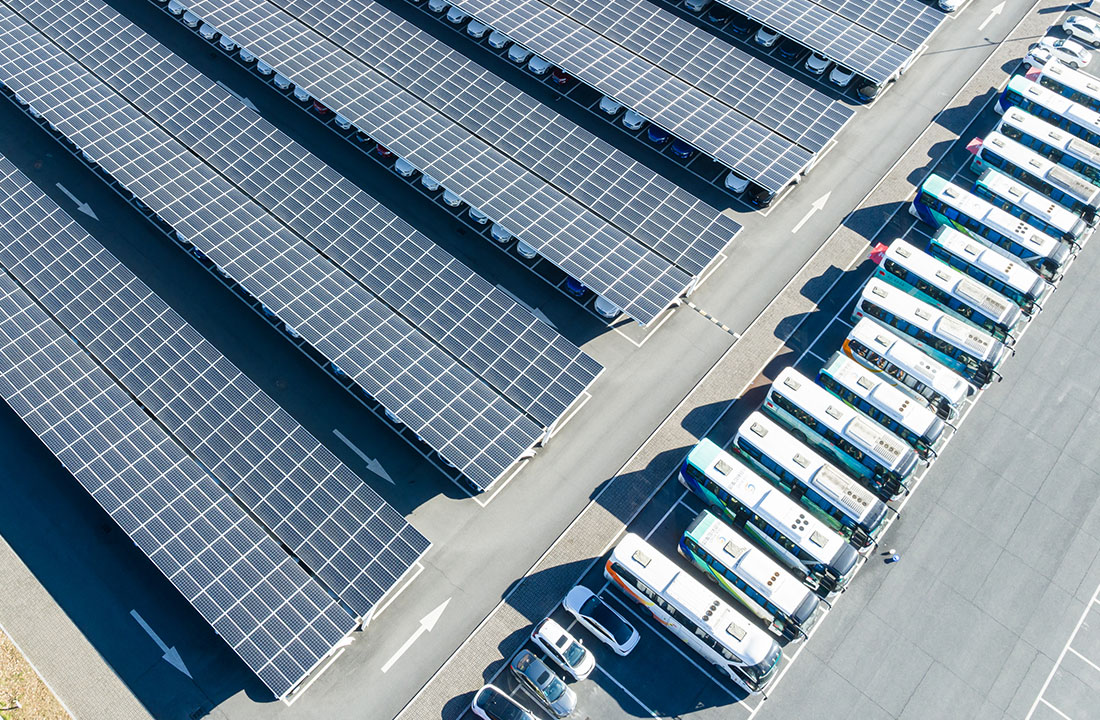
Get an introduction to microgrids for EV fleets in this episode, with experts Mushtaq Ahmad, Associate Vice President at AECOM, and Max Zaporoshenko, Head of Customer Success at EVenergi.
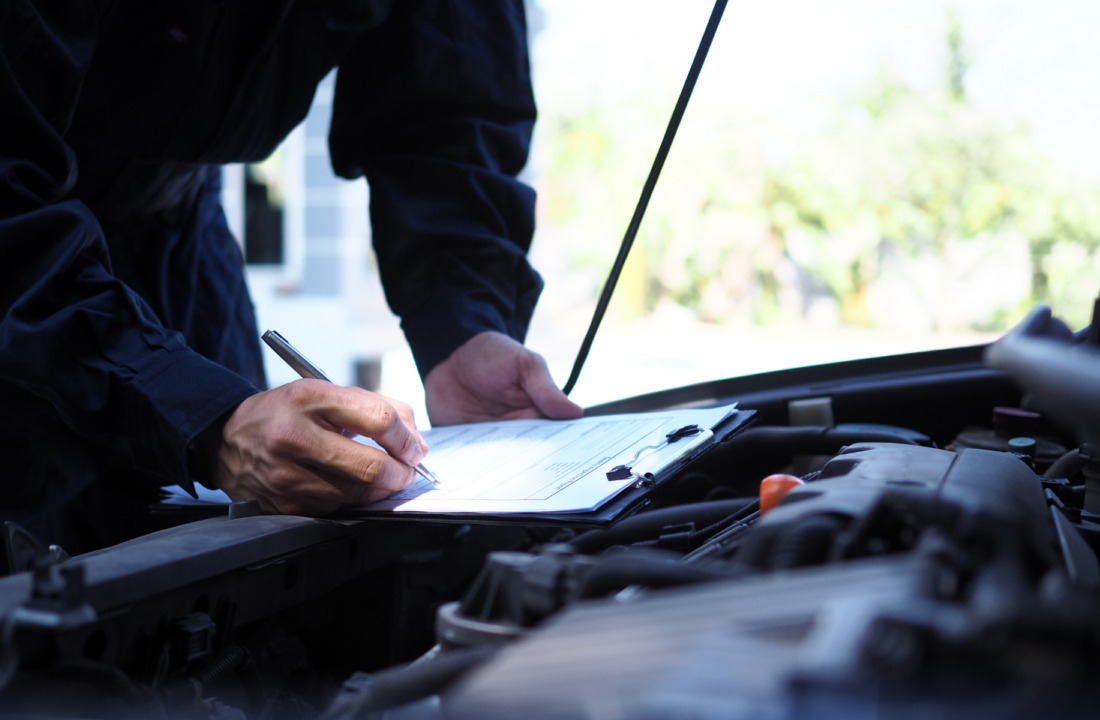
Learn about the best practices, challenges, and advice for workforce development when transitioning to zero emission vehicles in this episode with expert James Hall.
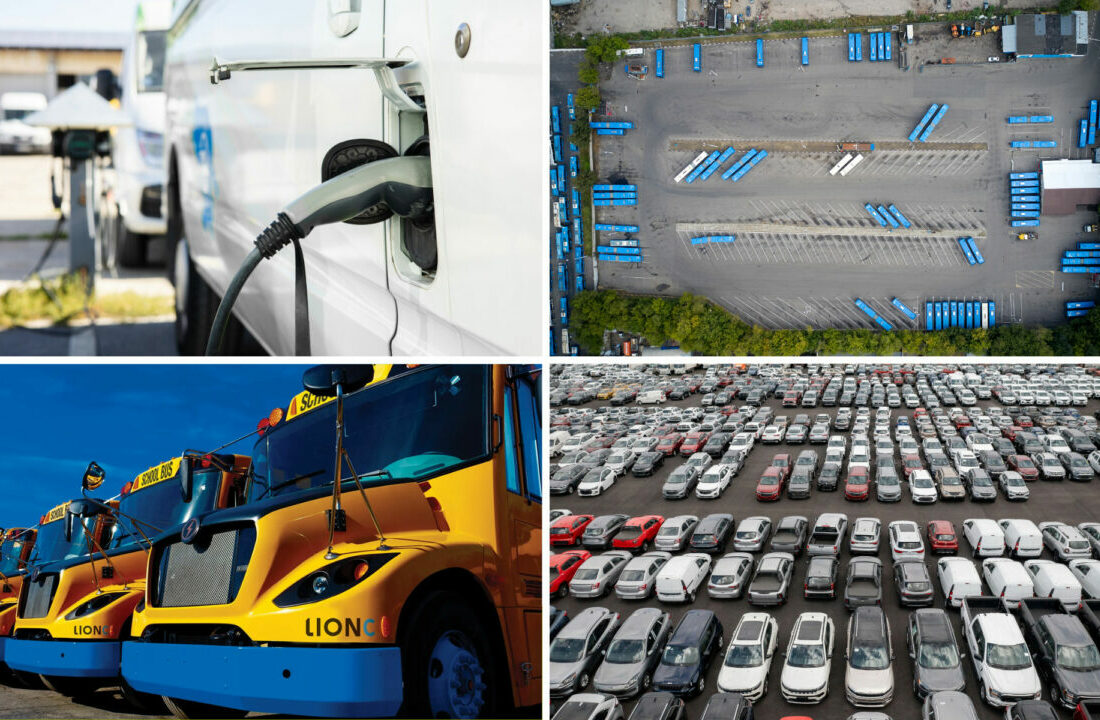
Look into the future of zero emission vehicle fleets with experts including Paul Comfort, Alix Butler, Pamela MacDougall, Neil Gladstone, Anna Martinis, Ian Foster, and Daniel Hilson.
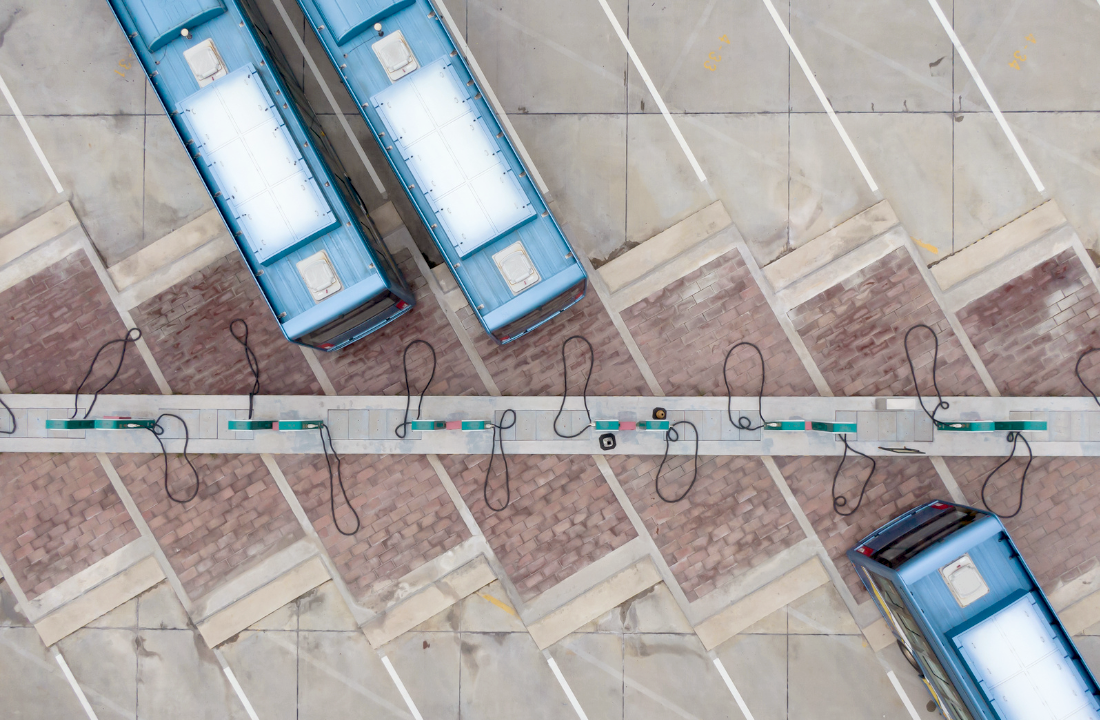
Exploring what fleets with electric vehicles can do to increase resiliency and plan for emergency scenarios.

Incidents of electric bus fires over the past few years have brought questions to light.
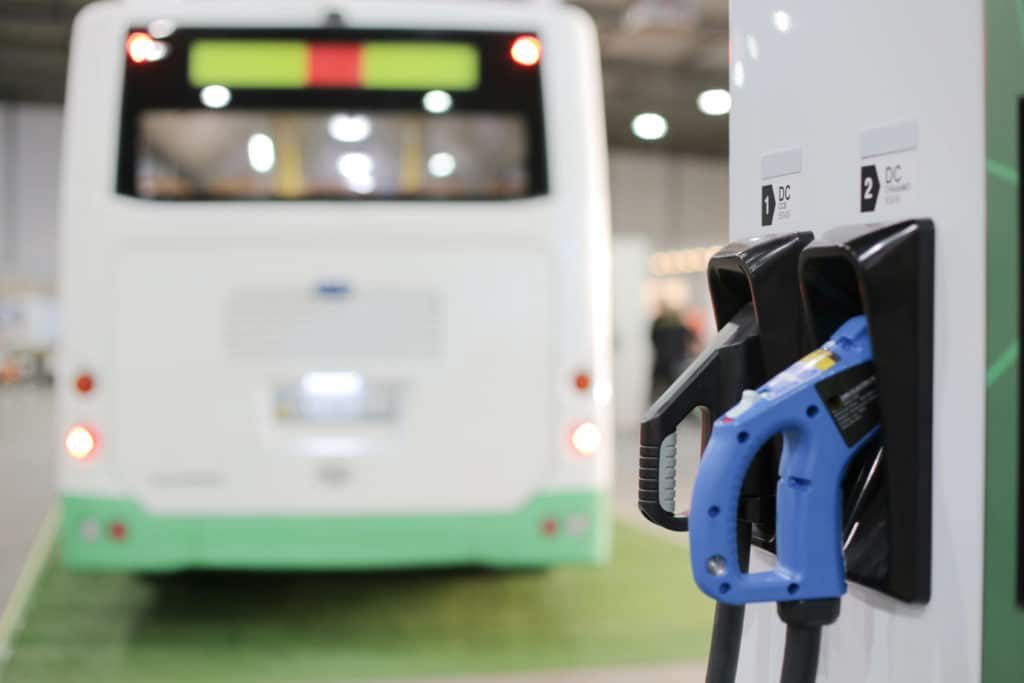
Looking at trade-offs such as cost, charging infrastructure requirements and range.